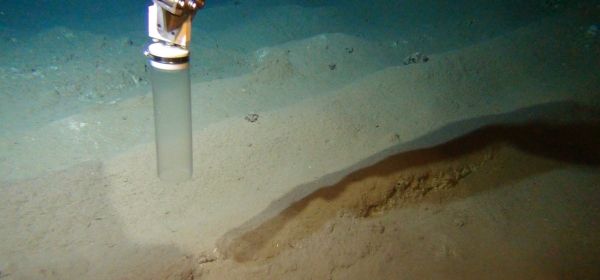Deep-sea mining could provide a way to address the increasing need of rare metals. However, its environmental impact is only partially known. In addition, there is a lack of clear standards to regulate mining and set binding thresholds for the impact on the organisms living in affected areas. Researchers at the Max Planck Institute for Marine Microbiology together with colleagues at the Alfred Wegener Institute, the GEOMAR Helmholtz Centre for Ocean Research, and other institutes now describe that deep-sea mining-related disturbances also have a long-term impact on the natural ecosystem functions and microbial communities at the seafloor. They present their results in the journal Science Advances.
Polymetallic nodules and crusts cover many thousands of square kilometres of the world's deep-sea floor. They contain mainly manganese and iron, but also the valuable metals nickel, cobalt and copper as well as some of the high-tech metals of the rare earths. Since these resources could become scarce on land in the future – for example, due to future needs for batteries, electromobility and digital technologies – marine deposits are economically very interesting. To date, there is no market-ready technology for deep-sea mining. However, it is already clear that interventions in the seabed have a massive and lasting impact on the affected areas.
Continue reading at Max Planck Institute for Marine Microbiology
Image via Max Planck Institute for Marine Microbiology


